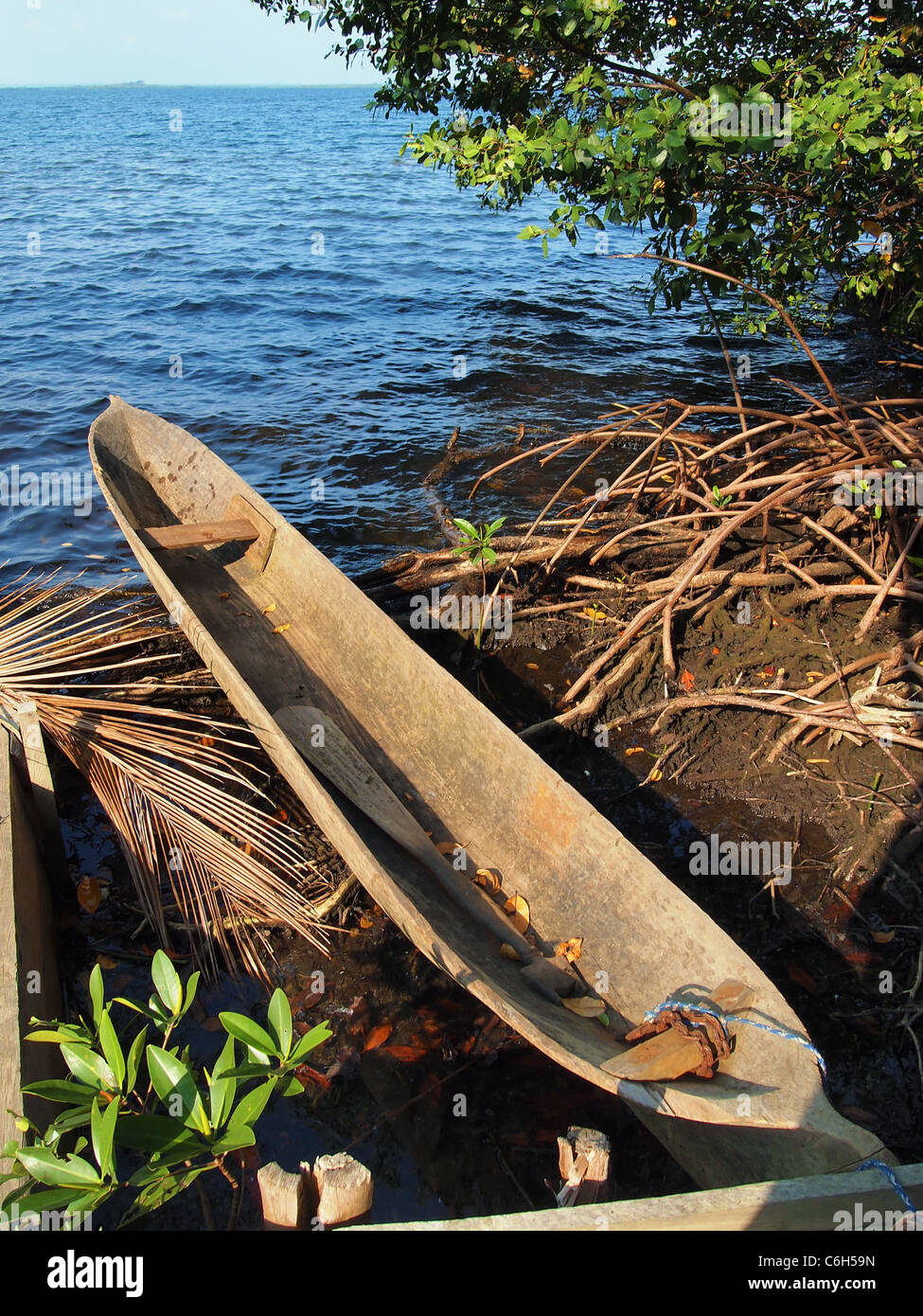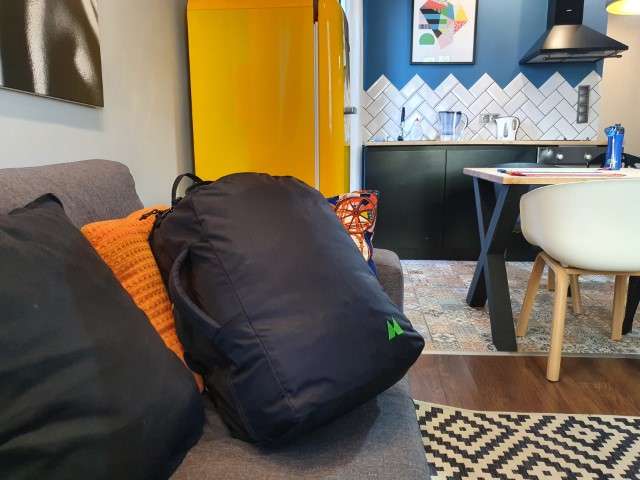
Jobs in digital marketing can be challenging, and regrettably, there’s no quick fix to alleviate their demands. You might have heard suggestions to take more breaks, go for walks, or reduce time spent on social media. Perhaps you’ve even considered whether a mental health app could be beneficial.
Regardless of how it manifests for you, your mental health is important. Here’s why.
## Why Your Mental Health as a Digital Marketer Matters
Prioritizing your mental health as a digital marketer is essential, not optional. It isn’t just a passing trend or something mentioned in industry standards. The role demands constant adaptation, emotional strength, endless creative output, managing various responsibilities, minimal appreciation, and a lack of stability.
Digital marketing is unique in that there isn’t a distinct boundary between personal value and professional achievement. Here are some marketing-related challenges that contribute to mental strain:
– **Oversaturation and instability.** Whether you’re freelancing or working within a company, irregular income and job insecurity are prevalent, especially in today’s economic landscape.
– **Information overload.** The pressure to keep up with every trend, tool, new platform, and algorithm update can be overwhelming.
– **Emotional labor.** Interacting with clients, campaigns, and audiences demands empathy, yet digital marketers seldom receive the same level of compassion back, often feeling more pressure from clients or management.
– **Lack of validation.** Creative roles often face dismissal as “non-essential,” prompting some individuals to question the importance of their work.
– **Work-life imbalance.** Notifications are constant, and many struggle with establishing boundaries and disconnecting.
Additionally, there are less frequent stressors like inconsistent job opportunities, workplace harassment, imposter syndrome, and high self-expectations. When combined, these elements create a perfect storm for burnout, which, although it can be temporary, can have significant negative effects on mental health.
Conversely, maintaining good mental health enhances confidence, creativity, and adaptability. These characteristics act as a shield in the fluctuating landscape of digital marketing. Therefore, in a field reliant on drive and transformation, looking after your mental health is far more crucial than just achieving high KPIs.

## How To Avoid Burnout as a Digital Marketer
### 1. Practice mindfulness
Meditation often bears the label of being “too difficult” or “not for beginners.” This isn’t the case. Even so, you might not embrace it right away, and that’s perfectly fine. The perception of transcendence in meditation and mindfulness practices is a misconception. To be mindfulness-oriented, you need to focus fully on your current activity.
That creative flow state which digital marketers cherish is also a type of meditation. It’s just not one you can consistently count on without some mindfulness in your daily routine.
The actual advantage of mindfulness lies in disrupting automatic behaviors and thoughts that build throughout the day, leading to anxiety, overwhelm, and mental fog.
However, if the idea of sitting quietly to meditate seems unappealing, start with smaller, less pressure-filled activities.
– Spend a few moments concentrating on your breath as it flows in and out.
– Notice how your body feels while performing everyday tasks. For instance, during a shower, be aware of the sound of the water, the temperature, and the sensation on your skin.
– Try gentle guided exercises or soothing games if you favor a more interactive approach.
Self-discovery applications like [Breeze Wellbeing](https://breeze-wellbeing.com/) provide simple tools and exercises such as “mindful breathing” to help cultivate habits without the pressure of “traditional meditation.”
### 2. Engage in activities that bring you joy
Doing what we love makes us happier. This truth is evident, yet we often overlook it. The cause is clear: we become overly preoccupied with urgent tasks. There’s a looming deadline, an essential project, and daily needs piling up. As a result, we frequently neglect to indulge in something enjoyable just for ourselves.
This isn’t to say that digital marketing can’t be a fulfilling career. It can be immensely enjoyable. You meet numerous people and can merge your analytical, technical, and creative skills. Nevertheless, almost everyone encounters a “crisis period” in their career when enthusiasm wanes. This doesn’t indicate disdain for your job; more likely, it results from accumulated stress, burnout, or long-term overwhelm depleting your energy.
There’s no universal checklist on








